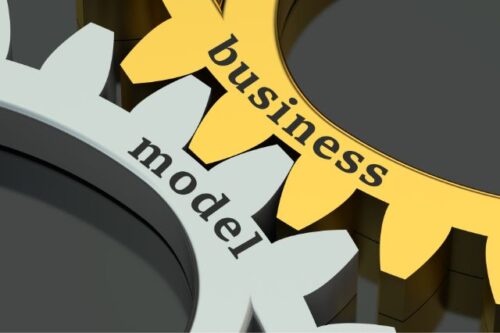In the dynamic world of business, achieving success and driving people development requires more than just good intentions.
It demands a well-structured and consistent approach – an operating rhythm that sets the pace for growth and innovation. In this blog post, we’ll delve into the key steps to establish an effective operating rhythm that fuels people development and propels your organization towards success.
Understanding Operating Rhythm: A Foundation for Growth
At its core, operating rhythm refers to the cadence at which an organization’s activities and processes occur. It’s like the heartbeat that keeps the entire system in sync. For people development, having a well-defined operating rhythm creates a structured environment where learning, growth, and collaboration thrive.
Step 1: Define Clear Goals and Objectives
To establish an effective operating rhythm, start by setting clear goals and objectives for your people development initiatives. What do you want to achieve? Whether it’s upskilling employees, fostering leadership, or enhancing cross-functional collaboration, having specific and measurable goals provides a roadmap for success.
Step 2: Create a Consistent Schedule
Consistency is key to any successful operating rhythm. Create a regular schedule for people development activities. This could include weekly team meetings, monthly skill-building workshops, or quarterly performance reviews. A consistent schedule ensures that everyone is aligned and aware of upcoming opportunities for growth.
Step 3: Foster Open Communication
Operating rhythm thrives on effective communication. Encourage open and transparent dialogues among team members. Regular check-ins, status updates, and feedback sessions allow for the exchange of ideas and insights, facilitating continuous improvement.
Step 4: Allocate Dedicated Resources
For a successful operating rhythm, allocate the necessary resources – both financial and human. Invest in training programs, mentoring, and tools that support people development. Having dedicated resources shows your commitment to nurturing talent and encourages employees to actively engage in their growth journey.
Step 5: Embrace Flexibility and Adaptability
While consistency is important, it’s equally crucial to embrace flexibility and adaptability. The business landscape is ever-evolving, and your operating rhythm should be able to adjust to changing circumstances. Be open to tweaking schedules, adding new learning opportunities, or incorporating emerging technologies that enhance people development.
Step 6: Measure and Evaluate Progress
Regularly measure and evaluate the progress of your people development initiatives. Are you meeting your goals? Are employees experiencing growth and development? Use key performance indicators (KPIs) to track success and identify areas for improvement. This data-driven approach enables you to make informed decisions and refine your operating rhythm over time.
Step 7: Celebrate Achievements
Acknowledging and celebrating achievements is essential to maintaining a positive operating rhythm. Recognize and reward employees who excel in their development efforts. Whether it’s a simple shout-out during a team meeting or a more formal recognition program, celebrating success boosts morale and motivates others to actively participate.
Conclusion: Nurturing Growth Through an Effective Operating Rhythm
In today’s fast-paced business landscape, establishing an effective operating rhythm is a strategic imperative for driving people development and achieving success. By defining clear goals, maintaining consistency, fostering open communication, allocating resources, embracing flexibility, and measuring progress, you create an environment where growth becomes a natural part of your organization’s DNA. Remember, mastering success through an effective operating rhythm is a continuous journey that requires dedication and commitment – but the rewards in terms of individual and organizational growth are well worth the effort.












